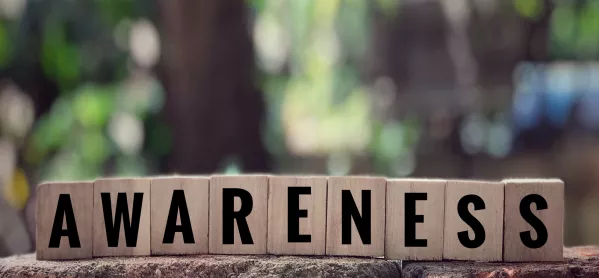It was International Stammering Awareness Day last week - a subject very close to my own heart. Afterwards, I was speaking to a colleague who was questioning the value in having awareness raising weeks or themes in school. Here are some easy ways to raise awareness, which will benefit your whole school community.
Assemblies
This is a good use of time to speak to pupils. The senior managment team may be quite happy to have a staff advocate or external speaker come in and deliver a presentation. You have a sizeable captive audience and you can use technology to keep the yawning students a little more awake. For some schools the assembly is where the awareness raising will stop - however, although better than nothing, I’d also encourage you to try some of the other methods below.
Get senior students interested
It’s amazing what a committed bunch of senior students can do. Younger pupils, automatically and without realising it, look up to them and will take an interest in things they are doing. In my current school, senior pupils share their views on a range of subjects at assemblies to younger students. This helps make awareness-raising “normal” and something for everyone. It’s also great to see young people speaking confidently about a subject.
‘Embrace your quirks and become a better teacher’: Adam Black says his stutter made him a better teacher
Homelessness: ‘Your pupils are never too young to make a difference’
Global poverty: How your old school bags can transform lives
Protest: How to help students ‘channel outrage’ about the world
Long read: How to set teacher CPD free
Set up a committee
I have, in the past, facilitated an awareness-raising group. Students look ahead at conditions, disabilities or environmental issues which interest them or have a relevance in the school, and we plan a way to raise awareness. This sort of committee is a really good way to take in pupil voice and give pupils an opportunity to contribute to school development.
Get a stall
If you have a busy area in a school (communal area, dining space etc) then it’s a nice opportunity to set out a stand and let pupils “graze” your information. It can spark an interest in a pupil who might be quite happy to leave their peers to come and find out more or ask some questions. Being visible really helps.
Add it to PSE
Where appropriate, seek help from the pupil support team and have the awareness raising topic added to PSE (personal and social education) work. In my school, a recent mental health week was further backed up by learning at all levels within PSE. It will help cement information and normalise issues.
Use staff interests
I’m a stammering awareness activist and have publicised this quite widely, but not all schools I’ve worked in have made use of this to further their equity/inclusion/diversity responsibility. My current school has granted me access to all year group assemblies and I’m running professional learning for staff across the authority. Making use of a staff interest is a great way to get different subjects out there and in the school community. It’s also really nice to see what passions staff members have.
So, if your school or department is thinking of an awareness-raising week or theme sometime in the future, I’d strongly encourage you to go beyond simply an assembly. When I went a bit further with my own stammering awareness campaign, it made the message more meaningful for everyone.
Adam Black is a teacher in Scotland who, in the New Year’s Honours list, received the British Empire Medal for services to raising awareness of stammering. He tweets @adam_black23




